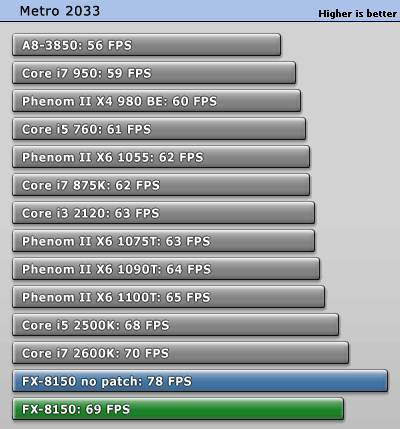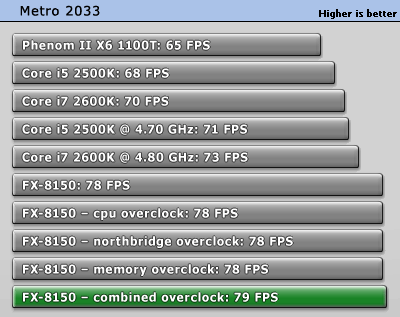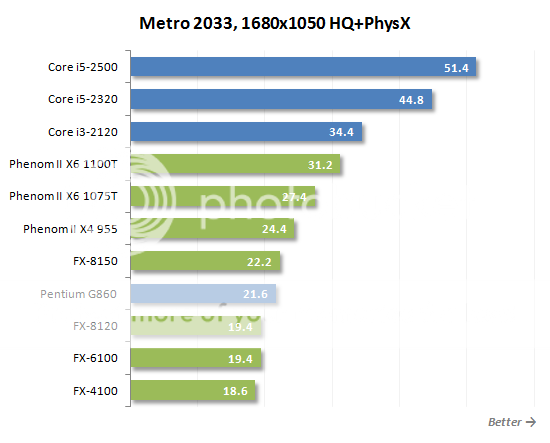- Joined
- Apr 7, 2011
- Messages
- 1,380 (0.27/day)
| System Name | Desktop |
|---|---|
| Processor | Intel Xeon E5-1680v2 |
| Motherboard | ASUS Sabertooth X79 |
| Cooling | Intel AIO |
| Memory | 8x4GB DDR3 1866MHz |
| Video Card(s) | EVGA GTX 970 SC |
| Storage | Crucial MX500 1TB + 2x WD RE 4TB HDD |
| Display(s) | HP ZR24w |
| Case | Fractal Define XL Black |
| Audio Device(s) | Schiit Modi Uber/Sony CDP-XA20ES/Pioneer CT-656>Sony TA-F630ESD>Sennheiser HD600 |
| Power Supply | Corsair HX850 |
| Mouse | Logitech G603 |
| Keyboard | Logitech G613 |
| Software | Windows 10 Pro x64 |
To make matters more complicated, there have been AM3 boards on the market for quite some time now, using 800 series chipset and claiming to have AM3+ processor support. That is true only if those boards have implemented an AM3+ socket layout, also known as "black colored" socket featuring 942 pin holes. They will run your Bulldozer processors with proper BIOS update, but without the use of HT 3.1 support. Older AM3 boards using "white" 941 pin sockets can't house AM3+ processors because of physical incompatibility. So before buying a new Bulldozer processor for your AM3 board, check your socket layout first.
I think this should be corrected since it is now known that the 800 series does indeed support BD even with the old AM3 socket (CHIV (E) with BIOS update for example). The only problem is that no one has tested the downsides of using it (apart from the huge strain on the PWM section when overclocking).
Anyhow, I think this is a nice performance increase for those who have a BD CPU (a free increase!), I hope they improve everything with Piledriver so that we have more products to choose from.






 INTEL
INTEL FX-8150 Gameplay
FX-8150 Gameplay




 D
D
